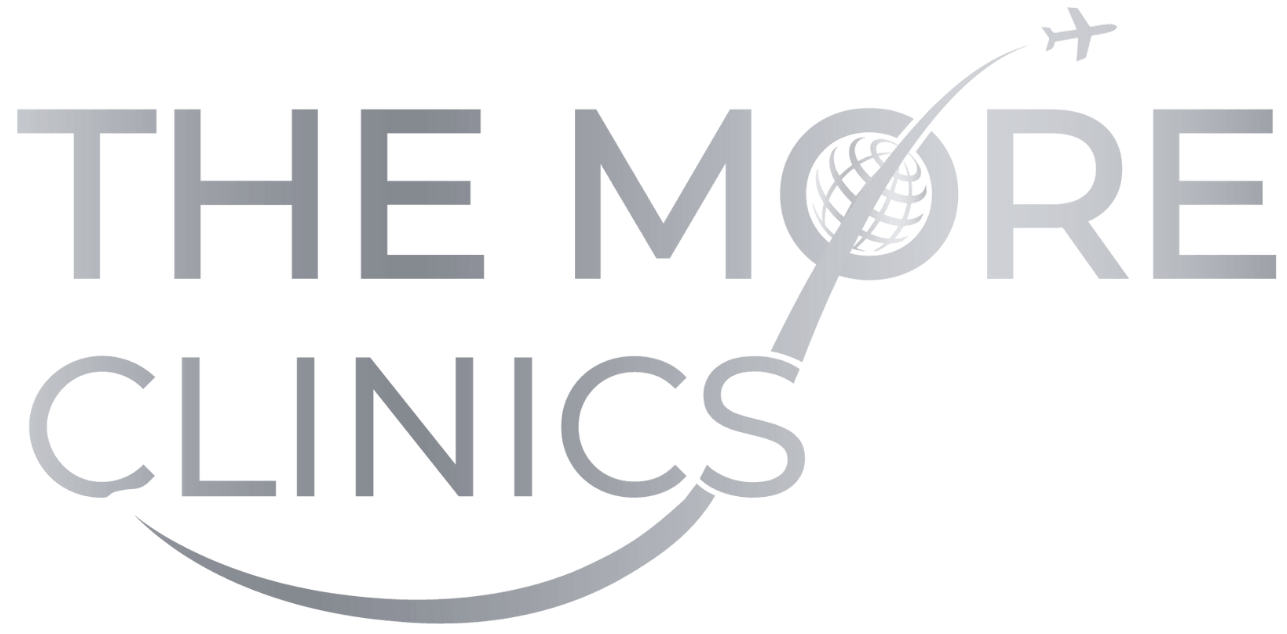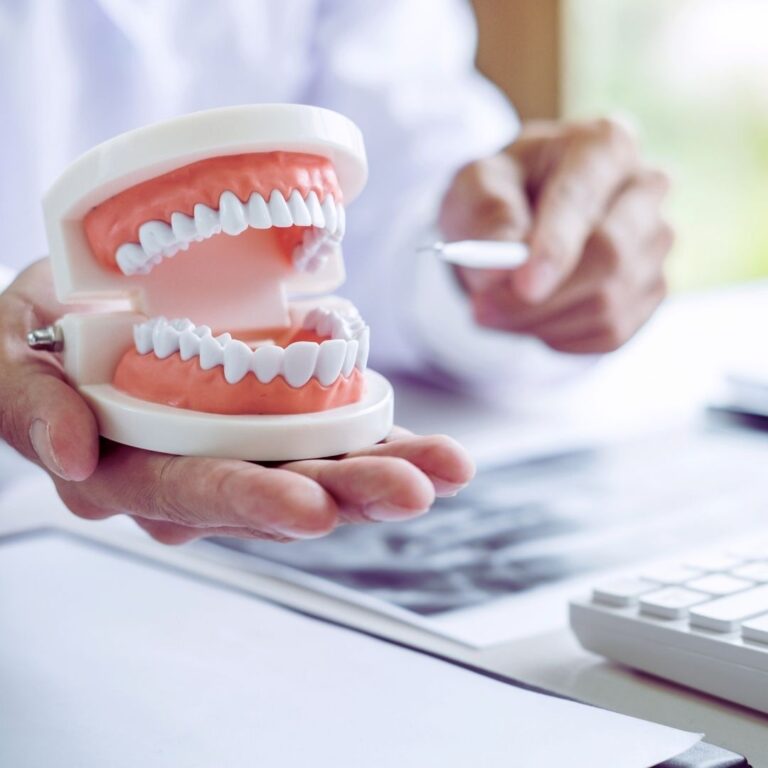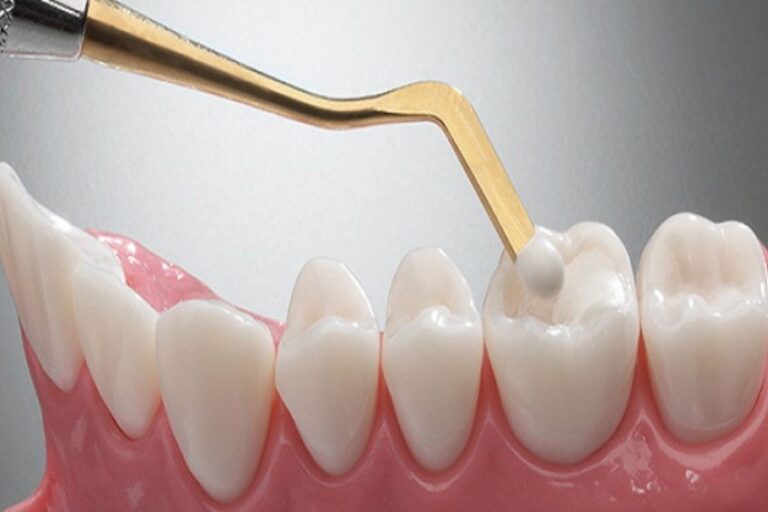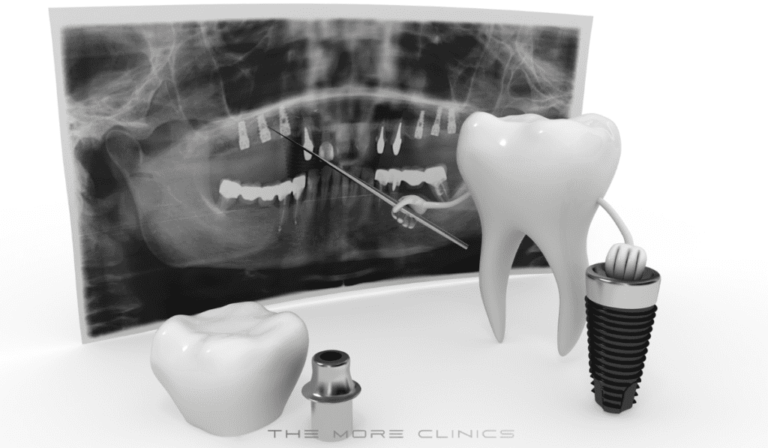10 Common Exercises to Relieve Temporomandibular Joint (TMJ) Pain
Temporomandibular joint (TMJ) disorder can cause significant pain and discomfort in the jaw area, making everyday activities like talking and chewing difficult. Fortunately, there are several exercises that can help relieve TMJ pain and improve overall jaw function. In this article, we’ll explore 10 common exercises that you can incorporate into your daily routine to alleviate TMJ symptoms.
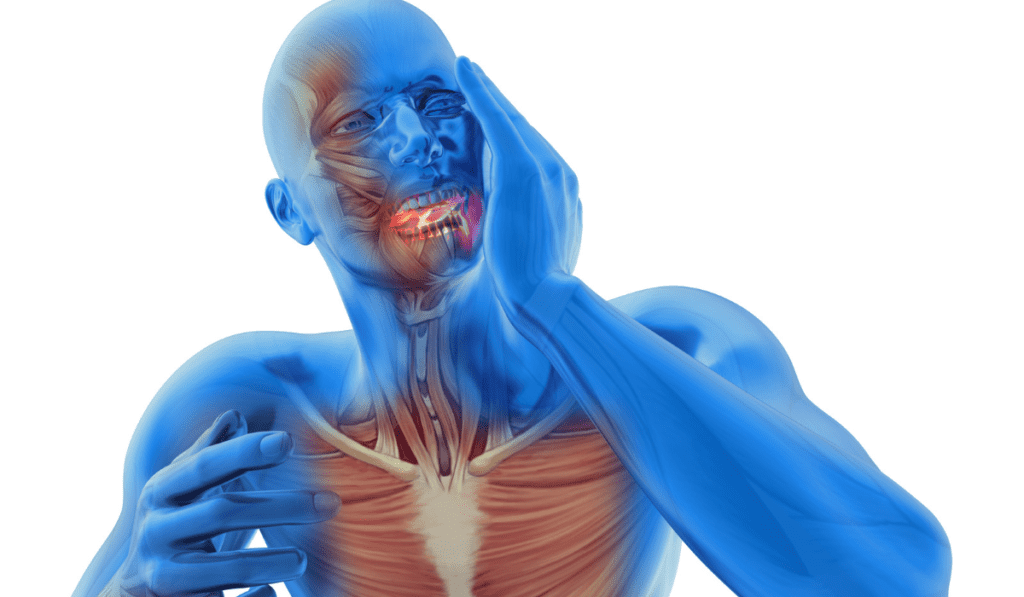
Want to learn more about temporomandibular joint disorder (TMJ), read our Blog Post.
1. Controlled Jaw Opening
This exercise focuses on improving the range of motion in your jaw:
- Sit or stand with good posture and keep your mouth closed.
- Slowly open your mouth as wide as possible without causing any pain.
- Hold this position for 5-10 seconds.
- Close your mouth gently and repeat 5-10 times.
2. Resisted Mouth Opening
This exercise helps strengthen the muscles responsible for opening the jaw:
- Place your thumb or a few fingers under your chin.
- Apply gentle resistance as you slowly open your mouth.
- Hold this position for 3-5 seconds, then close your mouth.
- Repeat 5-10 times.
3. Resisted Mouth Closing
This exercise works on strengthening the muscles involved in closing the jaw:
- Place your thumbs under your chin and your index fingers on the ridge between your lower lip and chin.
- Apply gentle resistance as you slowly close your mouth.
- Hold this position for 3-5 seconds, then relax.
- Repeat 5-10 times.
4. Tongue Up
The tongue up exercise helps stretch and relax the jaw muscles:
- Close your mouth and touch the tip of your tongue to the roof of your mouth, just behind your upper front teeth.
- Maintain this position while slowly opening your mouth as wide as possible without discomfort.
- Hold for 5-10 seconds, then close your mouth and relax.
- Repeat 5-10 times.
5. Side-to-Side Jaw Movement
This exercise improves jaw mobility and flexibility:
- Place a small object, such as a pen cap or cotton swab, between your front teeth.
- Gently move your jaw from side to side, keeping the object in place.
- Perform this movement for 1 minute, then relax.
- Repeat 3-5 times.
6. Forward Jaw Movement
This exercise focuses on enhancing jaw mobility:
- Place a small object between your lower front teeth and your upper front teeth.
- Slowly move your lower jaw forward until the object is held by your lower back teeth.
- Hold this position for a few seconds, then return to the starting position.
- Repeat 5-10 times.
7. Chin Tucks
Chin tucks help improve posture and reduce stress on the jaw:
- Sit or stand with good posture.
- Slowly tuck your chin towards your chest, creating a double chin.
- Hold for 5-10 seconds, then relax.
- Repeat 5-10 times.
8. Neck Stretch
This exercise helps alleviate tension in the neck and jaw:
- Sit or stand with good posture.
- Gently tilt your head to one side, bringing your ear towards your shoulder.
- Hold for 15-30 seconds, then return to the starting position.
- Repeat on the other side and perform 3-5 times on each side.
9. Jaw Relaxation
This exercise promotes relaxation of the jaw muscles:
- Sit or stand with good posture.
- Place your tongue on the roof of your mouth and allow your jaw to relax.
- Take slow, deep breaths for 1-2 minutes.
10. Guided Relaxation Techniques
Incorporating relaxation techniques, such as deep breathing exercises or progressive muscle relaxation, can help reduce overall stress and tension in the jaw muscles:
- Find a quiet space and sit or lie down comfortably.
- Focus on taking slow, deep breaths while consciously relaxing your jaw muscles.
- You can also practice progressive muscle relaxation by tensing and relaxing various muscle groups throughout your body.
Last Words from the More Clinics
Implementing these exercises into your daily routine can help alleviate TMJ pain and improve overall jaw function. If your symptoms persist or worsen, consult with a healthcare professional for further evaluation and personalized treatment recommendations.
GET A FREE CONSULTATION!
Let’s Start Planning Your Treatment %100 Guarantee Results.

Written by The More Editorial Team and Medically Reviewed by Dr. Onur Ademhan who specialized on Oral and Maxillofacial Surgery and Implantology
